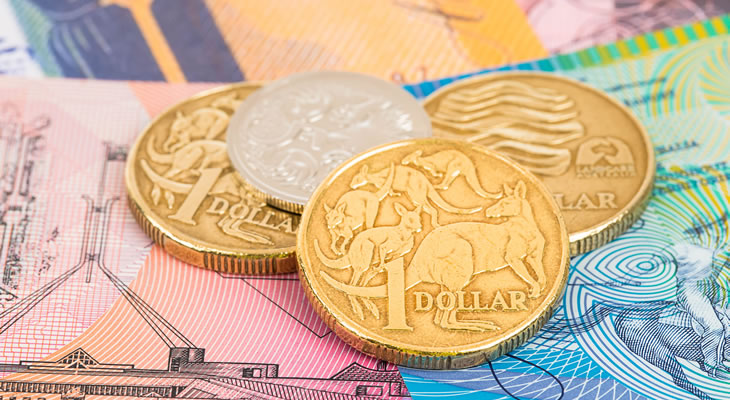The Pound to Australian Dollar exchange rate dipped on Tuesday as the latest Australian news impressed traders. However, this morning has seen the GBP AUD exchange rate hit and trade near a new weekly high of 1.6334 as Australia’s latest growth report didn’t give investors any new reasons to buy the ‘Aussie’.
Pound (GBP) Recovers from Lows but Outlook still Murky
Demand for the Pound has improved in recent sessions as the highly undervalued currency is bought up from its cheapest levels.
This is despite Markit’s August PMIs being largely disappointing. Construction slowed to 51.1 while services slowed to 53.2 despite being forecast to only slip to 53.5.
August’s services PMI was the worst figure for the print in 11 months, a concerning factor for Britain’s biggest private sector.
Overall, Markit’s August composite PMI indicated that Britain’s economy was slowing more than expected in Q3.
This worsened market concerns that the Brexit process could cause consumer confidence and economic activity to worsen so much that it causes some kind of UK recession.
As a result, the outlooks for Britain’s economy and the Pound itself are still filled with uncertainties.
Sterling has recovered in recent sessions, but most economists and analysts continue to predict weakness ahead for the British currency.
The Pound’s fortunes could change slightly in the coming week though, if key ecostats impress traders.
Friday’s UK trade deficit update is unlikely to boost Sterling appeal, but Sterling could surge next Tuesday if August’s UK inflation results beat expectations.
This would boost speculation that the Bank of England (BoE) could be pressured into tightening UK monetary policy.
Australian Growth Results Have Little Effect on Australian Dollar (AUD) Outlook
As the Australian Dollar benefitted from an upbeat Reserve Bank of Australia (RBA) and domestic export data yesterday, it tested psychological resistance levels against some major rivals.
However, the ‘Aussie’ was unable to hold those highs and was sold after nearing psychological resistance against the US Dollar (USD). This caused it to weaken against the Pound too.
Investors were also slightly underwhelmed by Australia’s Q2 Gross Domestic Product (GDP) results.
Quarter-on-quarter growth improved from 0.3% to 0.8% as many analysts expected, but this disappointed some analysts who speculated growth could hit as high as 0.9%.
The yearly growth rate improved from 1.7% to 1.8 as forecast.
As growth wasn’t hugely impressive, the ‘Aussie’ continued to pull back from its recent highs, helping the Pound to Australian Dollar exchange rate to advance.
There is more notable data ahead for Australian Dollar traders though. Australia’s July trade balance update will be published tomorrow.
Next week’s economic calendar will be busy too, with key data including business confidence, consumer confidence and Australia’s August labour market results coming in.
However, if the US Dollar strengthens or if risk-aversion rises again, the Australian Dollar could face notable pressure and the Pound to ‘Aussie’ exchange rate could continue to recover from its recent lows.
GBP AUD Interbank Rate
At the time of writing this article, the GBP AUD exchange rate trended in the region of 1.6331. The Australian Dollar to Pound exchange rate traded at around 0.6122.


Comments are closed.